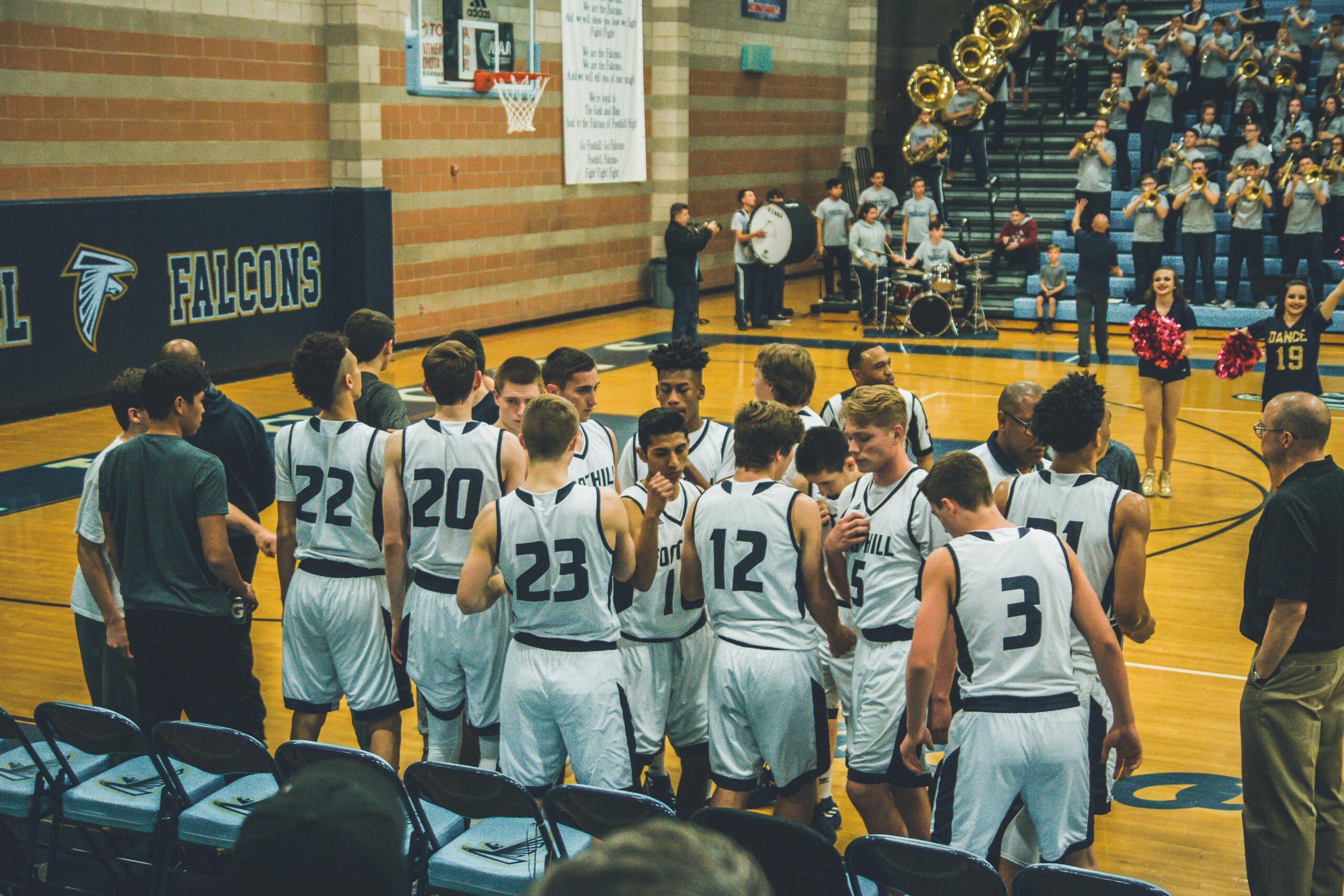

Imagine a lively office filled with laughter, friendly competition, and the buzz of teamwork. Sounds like a dream? Well, it’s entirely achievable through fun and games! Team building is more than just an HR buzzword; it’s essential for fostering strong workplace relationships. When people come together to play, they break down barriers and discover new ways to connect. Let’s dive into why incorporating play into your team building activities can transform your work environment from mundane to magical. Get ready to strengthen those bonds while having a blast!
The Importance of Team Building
Team building is the backbone of a thriving workplace. It creates an environment where collaboration flourishes and communication becomes effortless. When team members engage with one another beyond their daily tasks, they start to understand each other’s strengths and weaknesses.
This understanding fosters trust, which is critical for any successful team. Trust allows people to take risks, share ideas openly, and support one another in times of challenge.
Moreover, strong bonds can lead to increased productivity. A cohesive unit works more efficiently together than individuals acting in isolation.
Investing time in team building also helps reduce employee turnover. Happy employees are more likely to stay engaged and committed long-term when they feel connected to their colleagues.
Effective team building lays the foundation for innovation and creativity within any organization.
The Benefits of Incorporating Play in Team Building
Incorporating play into team building can breathe new life into workplace dynamics. It fosters creativity, breaking down barriers that often exist in traditional settings.
When teams engage in playful activities, they unlock hidden talents and ideas. This informal interaction encourages out-of-the-box thinking, leading to innovative solutions for company challenges.
Moreover, play enhances trust among colleagues. As team members laugh and collaborate during games, they naturally bond over shared experiences. This camaraderie translates into stronger working relationships.
Stress reduction is another significant benefit. Engaging in fun activities allows employees to unwind while fostering a positive atmosphere. A relaxed environment boosts morale and productivity.
Additionally, incorporating play caters to diverse personalities within the team. Different games appeal to various interests and skills, ensuring everyone feels included and valued in the process of strengthening connections.
Examples of Successful Team Building Games
Escape rooms are a popular choice for team building. Teams work together to solve puzzles under time pressure. This fosters collaboration and quick decision-making.
Another engaging option is the classic scavenger hunt. It encourages creativity and teamwork as participants search for items or complete challenges around an area, promoting communication along the way.
Outdoor activities like relay races can also strengthen bonds. These games build trust and cooperation while allowing everyone to enjoy some fresh air.
Creative workshops, such as painting or cooking classes, provide hands-on experiences that allow teams to express themselves in new ways. Participants learn from each other while having fun creating something together.
Trivia contests spark friendly competition. They encourage learning about one another’s interests and expertise while fostering camaraderie through shared knowledge. Each game offers unique opportunities for connection and growth among team members.
How to Create a Fun and Engaging Team Building Experience
Creating a fun and engaging team building experience requires thoughtful planning. Start by understanding your team’s dynamics, interests, and preferences. This knowledge will guide you in selecting activities that resonate with everyone.
Incorporate a mix of physical challenges, brain teasers, and creative tasks. Variety keeps the energy high and encourages participation from all members.
Setting clear objectives is crucial. Define what you want to achieve—whether it’s improving communication or fostering trust. Sharing these goals helps participants feel more invested in the process.
Encourage collaboration over competition. Activities should emphasize teamwork rather than individual achievement, allowing members to bond as they tackle challenges together.
Ensure a relaxed atmosphere where laughter is encouraged. Playful interactions break down barriers and create lasting memories among team members.
Tips for Facilitating Effective Communication During Play
Effective communication is the backbone of any successful team-building exercise. To foster open dialogue, encourage participants to voice their thoughts and ideas freely.
Start by setting clear ground rules. Let everyone know that all suggestions are welcome and should be respected. This creates a safe environment where team members feel valued.
Use icebreakers before diving into complex games. Simple activities help break down barriers. They allow people to connect on a personal level, making it easier for them to communicate during more challenging tasks.
Active listening plays a crucial role as well. Encourage teammates to listen attentively and acknowledge each other’s contributions. This builds trust and promotes collaboration throughout the activity.
Keep the atmosphere light-hearted. Humor can ease tension and pave the way for candid conversations, ensuring that everyone remains engaged while having fun together.
Conclusion: The Power of Play in Strengthening Team Bonds
Team building is more than just an occasional outing or a scheduled retreat. It’s about nurturing relationships that can lead to better collaboration and innovation at work. The power of play in strengthening team bonds cannot be overstated. Engaging in fun activities fosters trust, breaks down barriers, and encourages open communication.
When teams come together to play, they create shared experiences that often translate into improved workplace dynamics. Laughter and teamwork during games help individuals see each other in a new light—beyond titles and responsibilities. This shift can lead to lasting connections that enhance productivity.
Incorporating playful activities into your team-building strategy allows everyone to feel included and valued. It promotes creativity, boosts morale, and ultimately leads to a healthier work environment. By making time for play within the professional setting, you’re investing not only in your team’s well-being but also in the success of your organization as a whole.
Embrace the potential of fun as you build stronger teams today!
